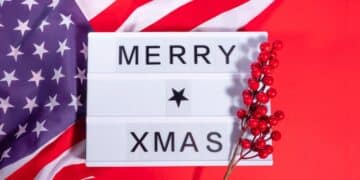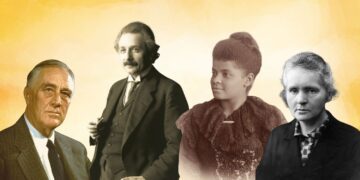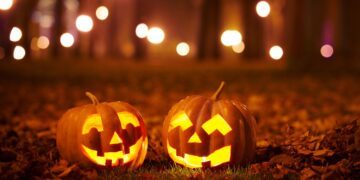
How Did Christmas Become Popular In the USA?
The United States declared Christmas a federal holiday on June 26, 1870, marking a shift toward widespread festive celebrations.
“Those who do not learn history are doomed to repeat it.” This infamous quote is known by pretty much everyone. But just how much history do you actually know?
We’re confident you know the basics, but history is so much more than the basics!
Whether you’re looking for random history facts or just browsing, you’ll find something to pique your interest here.

The United States declared Christmas a federal holiday on June 26, 1870, marking a shift toward widespread festive celebrations.

The Missionary Generation revolutionized science, with scientists like Albert Einstein with his theory of relativity and E=MC².

Kamala Harris's 2024 presidential campaign raised $81 million on day one, breaking the record for donations in a 24-hour period!

Halloween traditions like carving lanterns and wearing masks were brought to America by Irish and Scottish immigrants.

In April 2018, Lyle and Erik Menendez reunited in prison for the first time since their arrest in 1990.

The term "Lost Generation" was coined by Gertrude Stein and popularized by Ernest Hemingway in his book "The Sun Also Rises."

The Greatest Generation popularized using doggie bags during WWII to prevent waste amidst food shortages caused by the war.

Did you know that the Silent Generation popularised some of the slang phrases we still use today, such as "gobsmacked?'

Despite the fall of the Aztec Empire, about 1.5 million people in Mexico still speak the Aztec language, Nahuatl.

During the baby boomer generation, roughly 76 million babies were born in the US, raising the country’s population by about 50%.

Did you know that the Stonewall Riots were so impactful that they inspired the first gay pride parade in 1970?

A one-mile (1.6 kilometers) long pride flag was entered into the Guinness Book of World Records as the largest flag ever made.